Media | Articles
Cadillac’s Celestiq is poised to recapture the standard of the world
Like countless other companies, automotive and not, Cadillac wants an electric vehicle to make its greatness known. Fresh from a visit to GM’s Design Dome in Warren, Michigan, we can vouch for one thing: This EV ain’t like the others.
For starters, it’s $300,000. At minimum. If you’re upset by that figure, you aren’t the target audience. The Celestiq is a made-in-Detroit statement of ten-figure money. Regular folks can’t even visualize their dreams on an online configurator, in part because there is no set list of paints, leathers, fabrics, or finishes: Each car will be bespoke, the result of one-on-one interaction between the automaker and the customer. Plenty of manufacturers above Cadillac’s price point offer online visualizers—see Pagani—and also accommodate the most particular of client wishes, so take Caddy’s statement of exclusivity at face value. Not for you.
Boy, will you want one.
The car is imposing, a low-slung four-door whose graceful, lift-back proportions belie its massive size. Take a gander at the wheel diameter: 23 inches, one inch larger than those on the Escalade SUV. Yet the Celestiq sits comfortably on the giant rims, which are shod in custom, Cadillac-commissioned Michelins, their sidewalls embossed with a Celestiq-specific design.
The fluid surfacing and the precise creases in the car’s body subtlely signal the great expense of its construction. From the beltline down, front to rear, the car’s structure is comprised of eight pieces of sand-cast aluminum, whose rigidity mimics that of die-cast metal. The hood is a single sheet of delicately creased carbon fiber draped over the fenders to the headlights. The doors hide a short-range radar system that allowed designers to dismiss handles entirely: Walk up to the vehicle with the key in your pocket, and the door will either swing fully open or “present” an edge to you, depending on the proximity of pillars, walls, and other cars.
Marketplace
Buy and sell classics with confidence



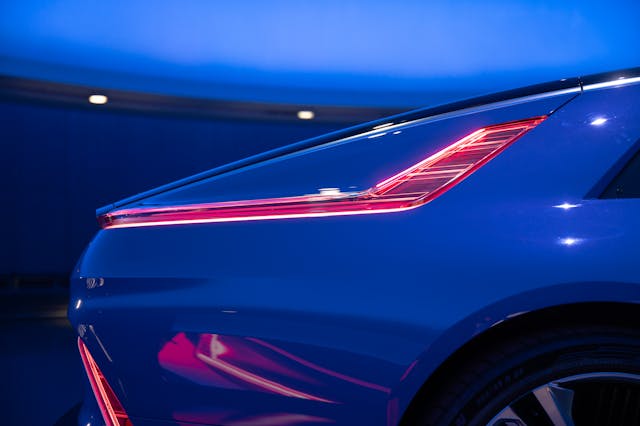
Lucid’s triple-motor, 1200-hp Sapphire boasts twice the horsepower of this dual-motor Cadillac, but if you’re comparing the two, you’re already on the wrong foot. Think of Bentley, and its “adequate” power: No one driving or being chauffeured in a Celestiq wants anyone to mistake them for a Tesla-esque blur. The Celestiq’s job isn’t to be the first high-tech EV, or even the most customizable Cadillac: It is to be Cadillac’s Veyron, a superlative, new-world interpretation of old-school prestige.
For nearly 80 years, Cadillac has again and again fallen prey to its own lofty condemnation, failing to equal or to excel. With the Celestiq, Detroit once again risks the penalty of leadership. For that alone, Cadillac deserves to live.


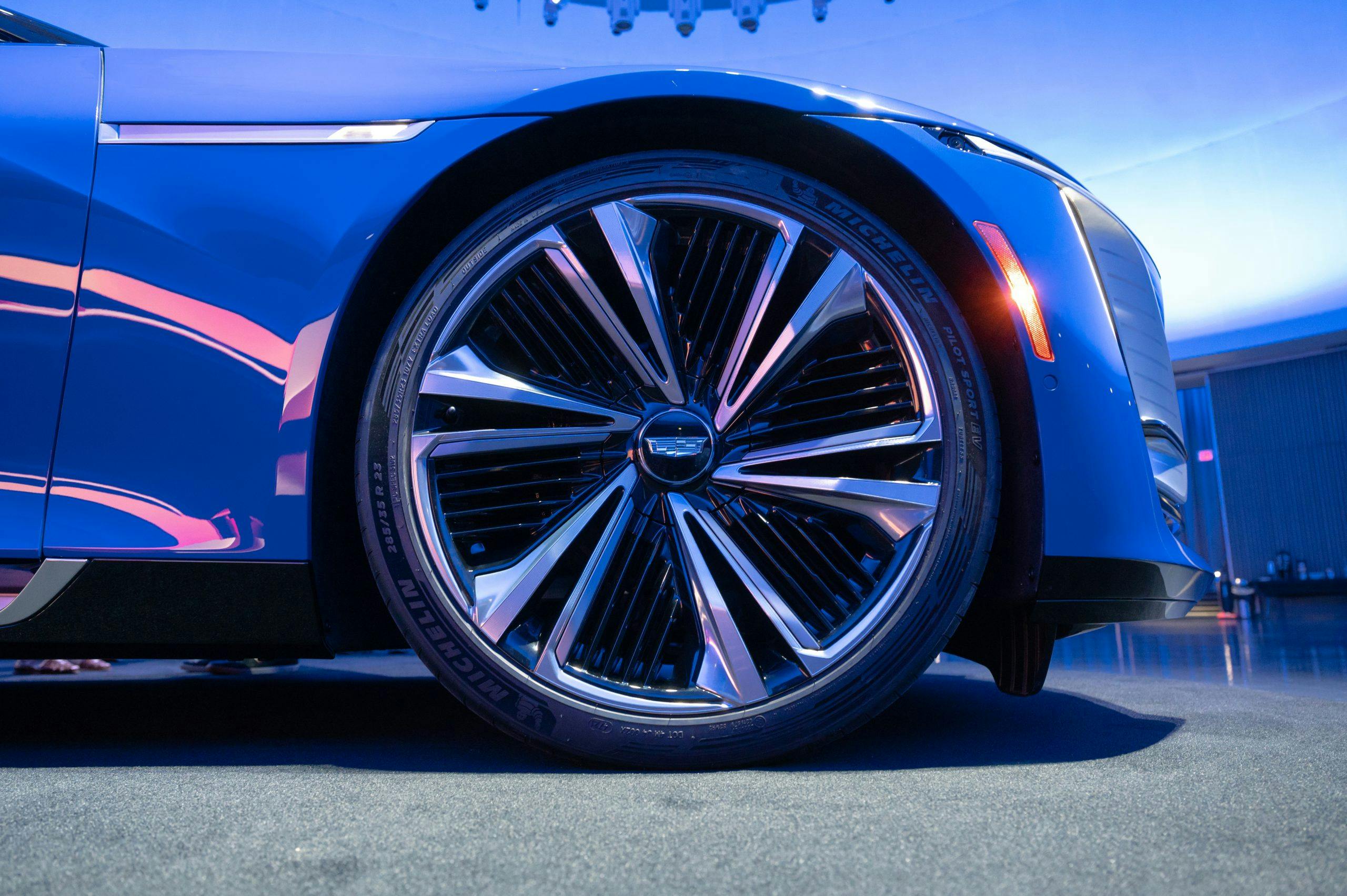
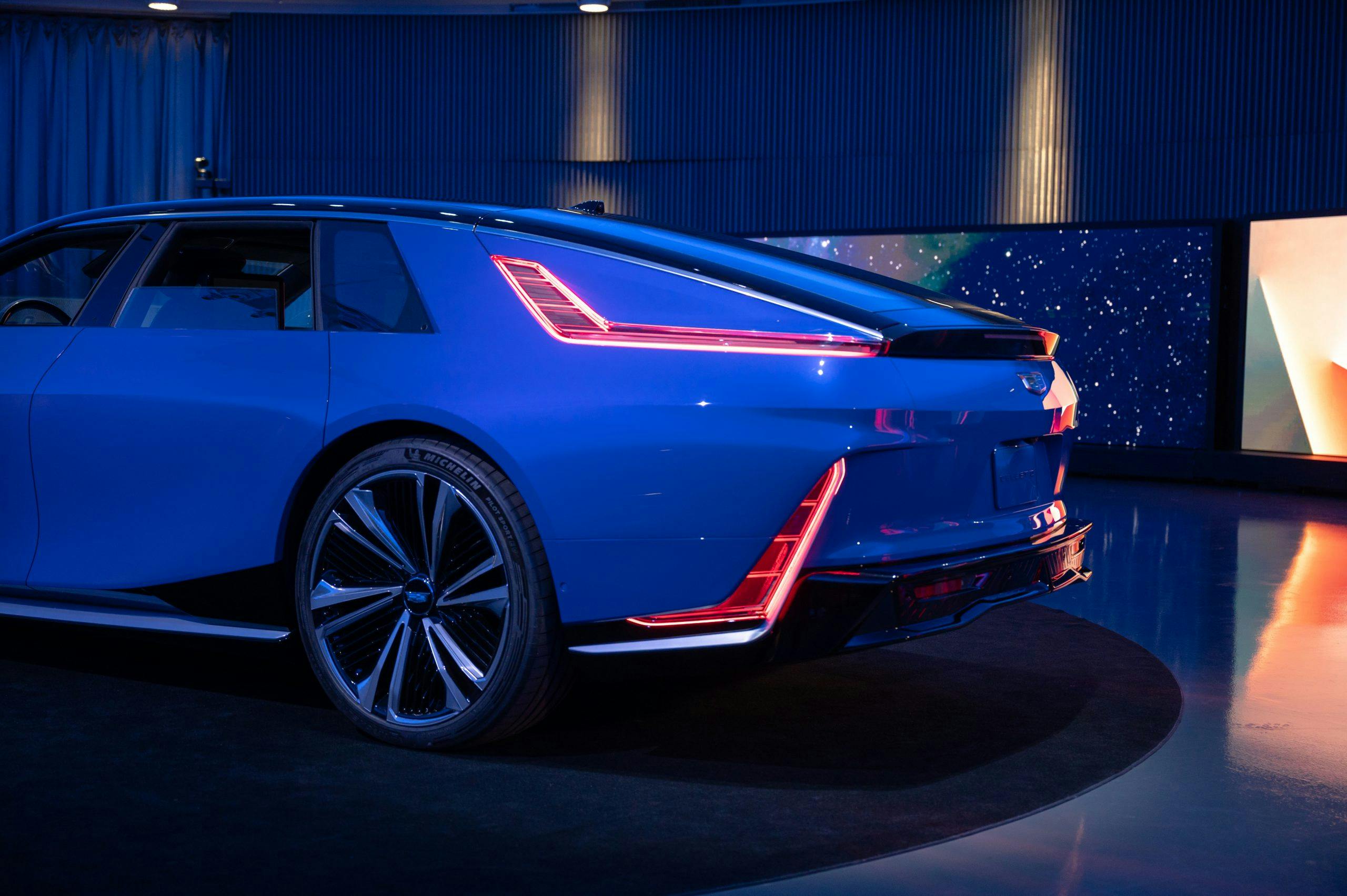

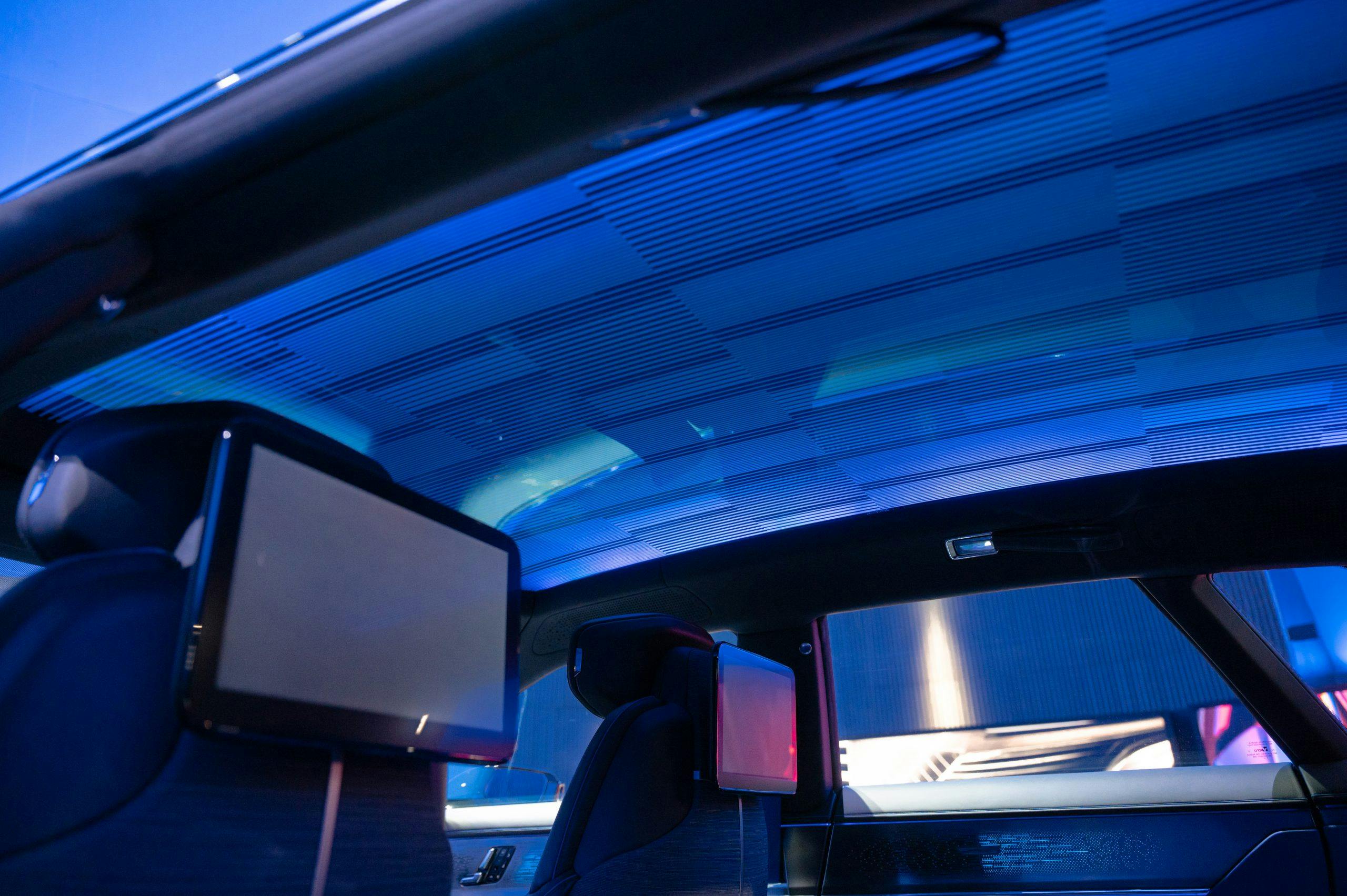
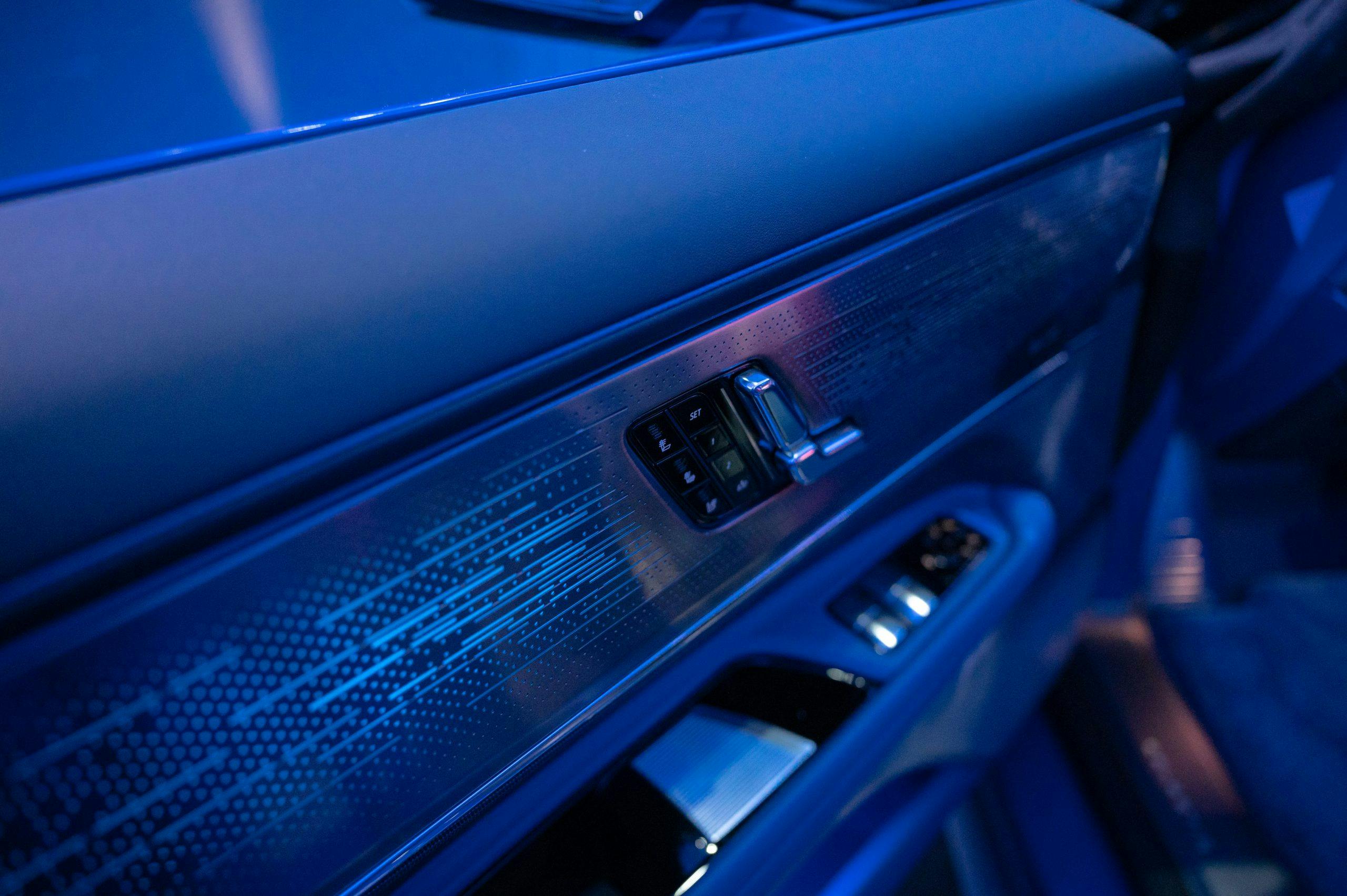


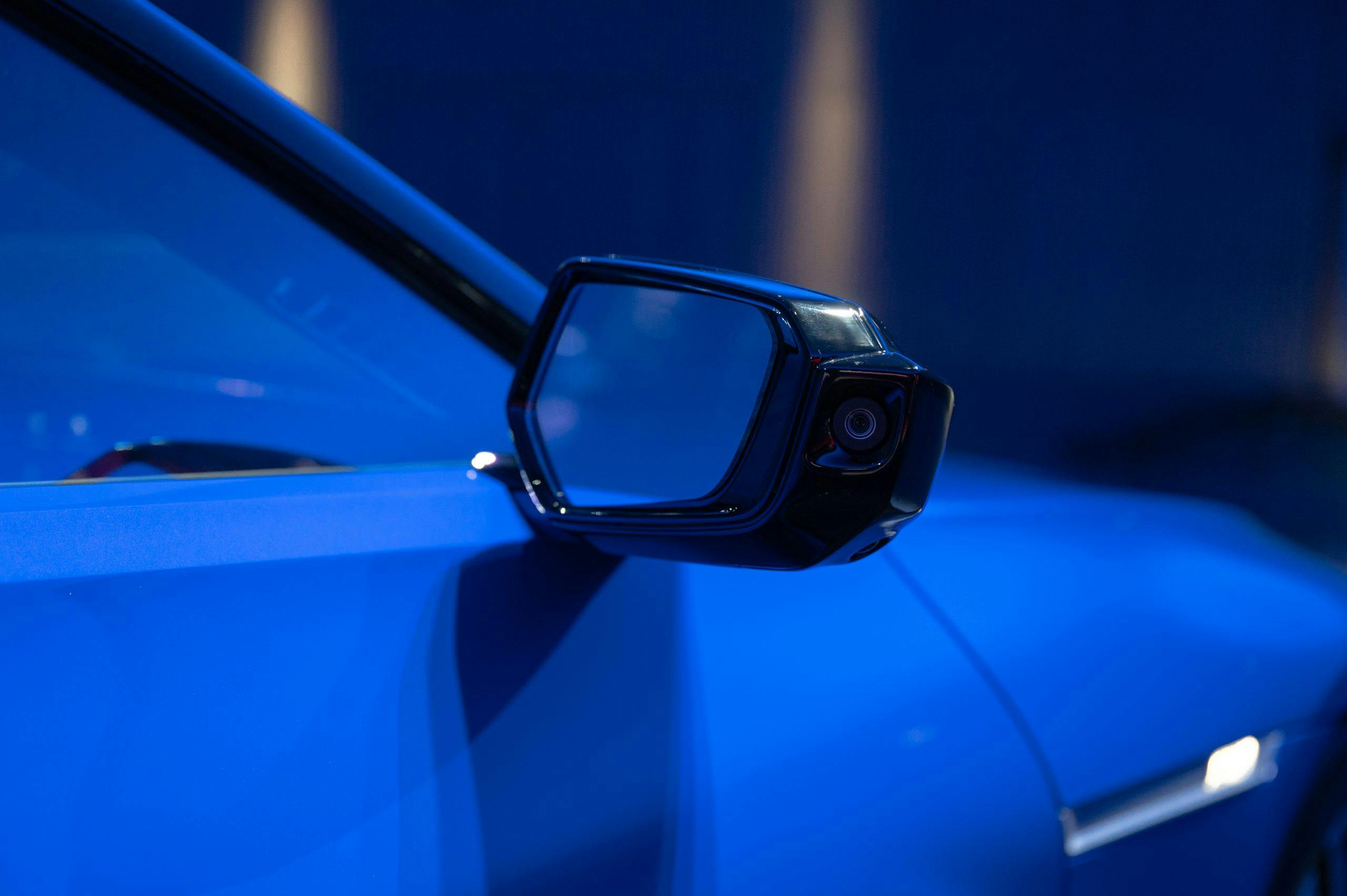





















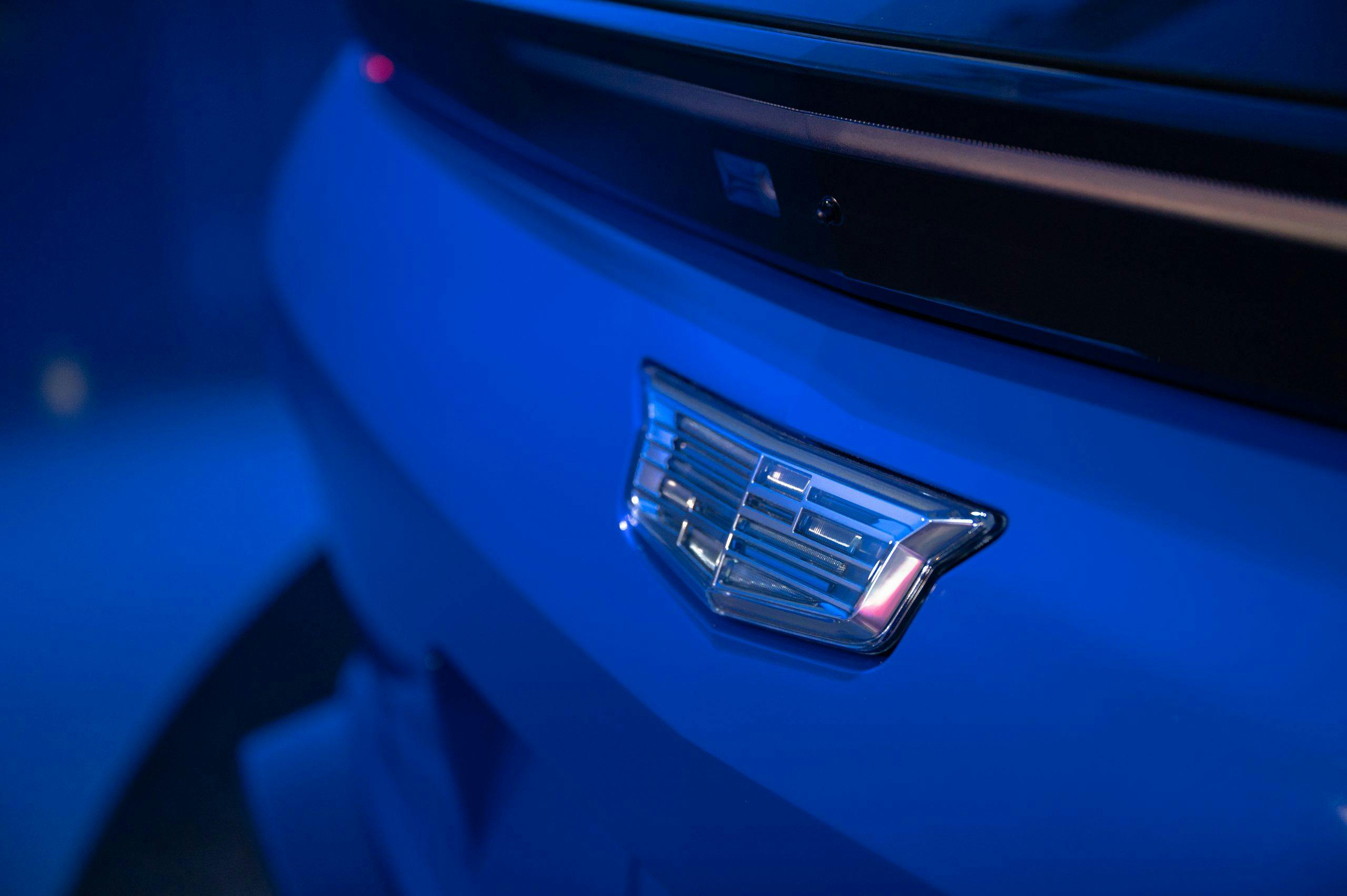




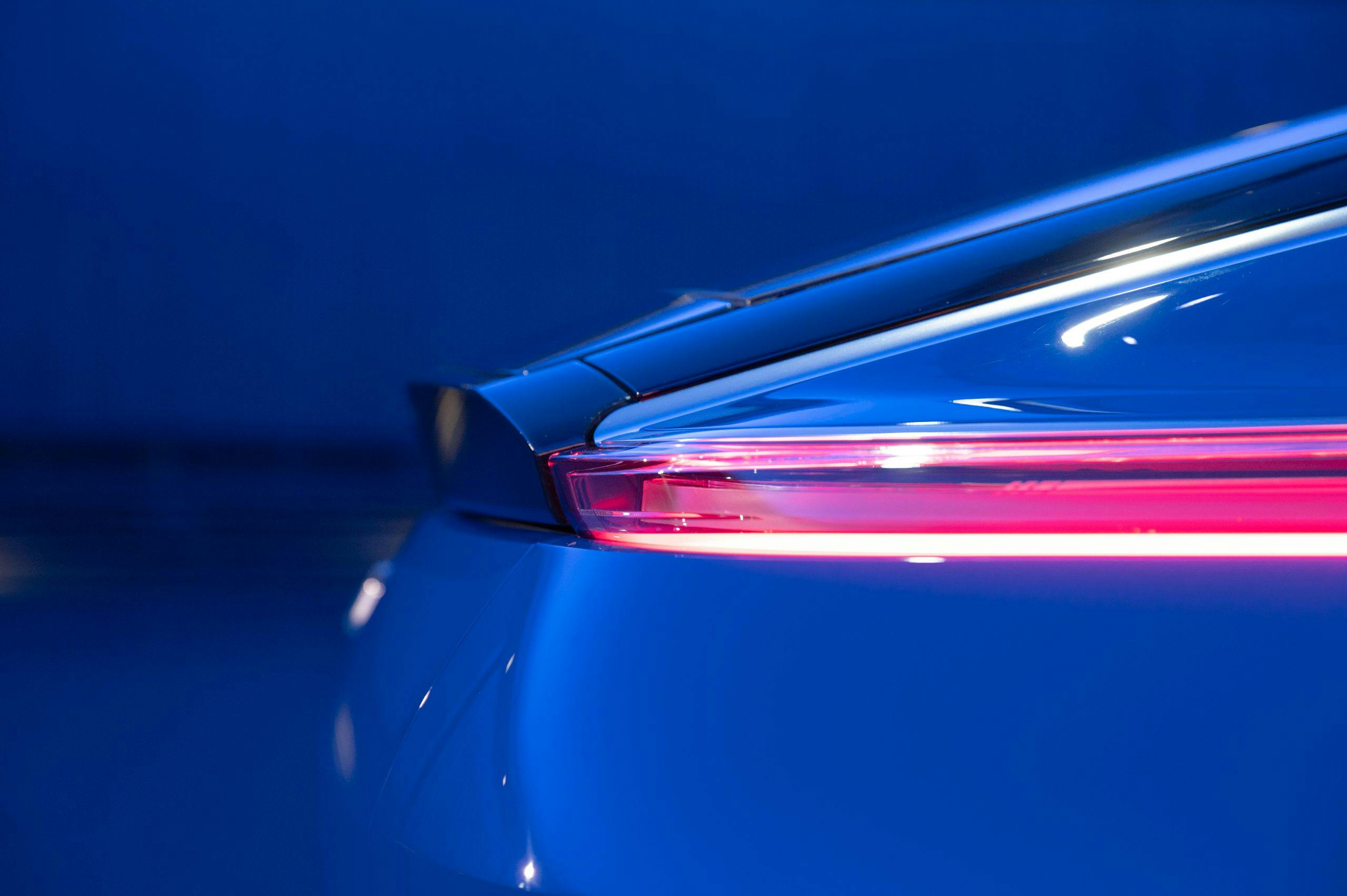





















































Gimme the Lucid without question.
If I’m gonna drive a land barge I want one that’s gorgeous and can do pirouettes.
The first car I’m GLAD I can’t afford.
As a former disappointed Cadillac owner, not for me, even if I hit the mega millions. This must be an example of pearls before swine. Non hoc porcus. Not this pig. Not this time. Once was enough.
$300000 EV with an average life of 8 years. I think its a great Idea, Buy your wife one too!
Yawn!
Rolls-Royce needn’t worry!
I find it difficult to buy any battery powered car if I cannot park it in my garage. That is not the standard of the world. Enough said.
To all, lets not forget one of GM’s prior game changing vehicles. I can’t believe they used real world focus groups that thought this particular design was what they wanted for a new $300k game changer. I agree with the front being “passable”, but certainly not the back or side view of it. I’ve always wondered how such a large corporation with so many stylists can get it so wrong. Rest in peace Aztek.
It may have all the bells and whistles but it still has to look good. Not attractive at all. I will keep my current Caddy for awhile.
Doesn’t matter how beautiful-or how ugly it is. It’s and EV so it’s awful.
Too bad it’s electric
Prompted by the government, all car companies, and now the automotive press are doing their best to try to convince us that EVs, no matter how ugly or expensive they are, are the only vehicles we as buyers should consider purchasing. Vehicles being designed, built, and sold today are appliances, nothing more.
If I had $300K to spend on a new vehicle, it sure as hell wouldn’t be this one. Caddy’s aren’t in that league.
As a perennially dissatisfied American car owner from the 1970’s forward, I get the cynicism of most commenters. In this country, “prestige” equates to gaudy, bougie pieces of self-indulgent weenie bling. But there was a time when the engineers overruled the bean counters and great machines were born.
This Caddy team seems to have that advantage as well. If the big ego managers and short-sighted cost cutters are kept at bay, this Caddy can triumph when a few hunert American millionaires upstage their neighbors with boring German, “me too” machines.
For those commenters who think otherwise, just remember… this car wasn’t made for you.
Looks like a cross between a mid 70’s AMC Matador and a Citroen CX.
Seriously, the new world standard, guess again.
I think they best go back to the drawing board. Harley Earl must be turning over in his grave.
The back end look like a cross between Porsche Panamera and Tesla. Not my cup-o’-tea. The color doesn’t speak luxury. Maybe it looks better in person.
But how is the good ol’ GM quality…or lack there of? Don’t get me wrong. I like the old GM products. After all, I used to own two Chevy Vegas! I’m just not sure about the ones from the recent decade, or so. Especially for $300k. What makes it so special about this one that makes it a $300k car?
But looking at this price, now I’m really tempted…
…to go out and buy…
…a Lexus for 1/3rd of the cost.